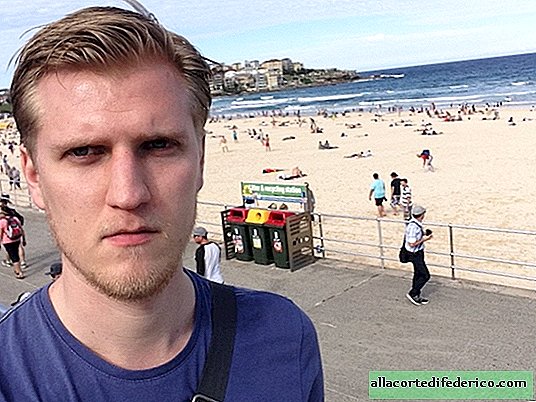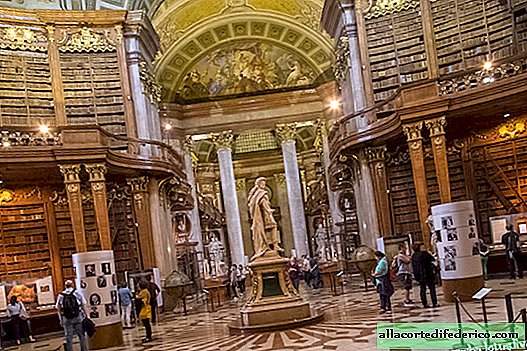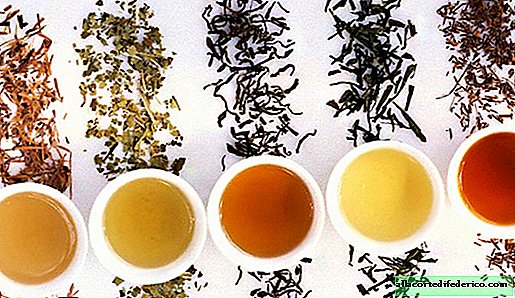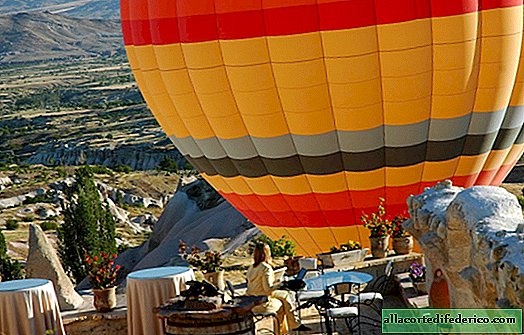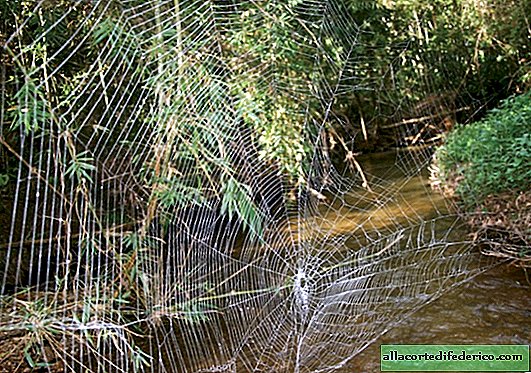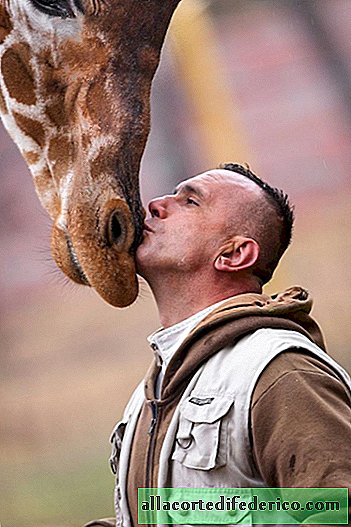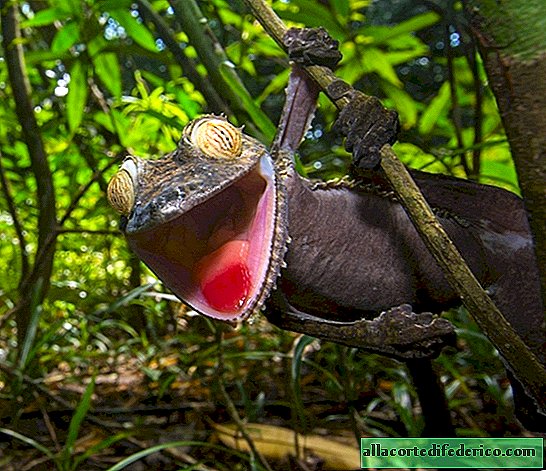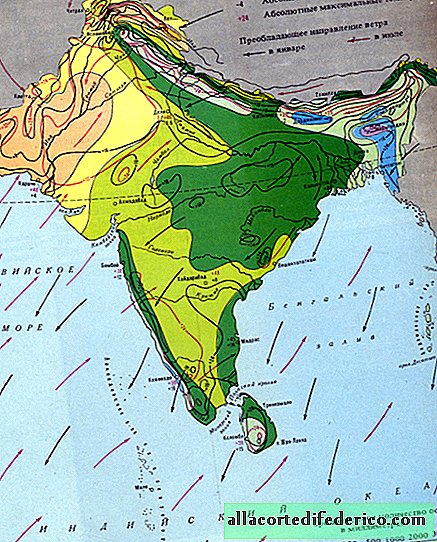Lost treasures: how the Bolsheviks sold the priceless masterpieces of the Hermitage and the Kremlin
The sad attempt of the heads of the Soviet government of Lenin, Trotsky and Stalin to fill the state budget of the first socialist state ended in the sale of masterpieces of art belonging to the imperial family and the Russian Empire. The first to suffer was the Russian Orthodox Church. The gilding was removed from the domes, the salaries of the icons were sent for remelting.
The first things that were sold were imperial crowns, necklaces, tiaras, Faberge eggs belonging to the imperial family, and iconostases - valuable monuments of ancient Russian art.
After that, despite the protests of the guardians, they crept up to the treasures of the Hermitage.
One of the oldest and rarest New Testament books in the world, the treasures of imperial castles, the collection of masterpieces of impressionism were also part of the exhibition that revolutionaries put on the world art market in the 1920s and 1930s. However, a drop in demand for antiques and art objects led to the fact that, despite the rarity of the items offered, the USSR gained a ridiculous amount from sales.
N. Ilyin, one of the authors of the book “Selling Russian Jewels,” said: “It was very sad. The Bolsheviks sold all these values in order to purchase agricultural machinery, but this almost did not affect the filling of the state treasury.”
Collectors in the West got the crown of the Russian Empress she wore for the wedding, the works of Rembrandt, Botticelli, Cranach the Elder, Paul Cezanne, Vincent Van Gogh, Nicolas Poussin and Edgar Degas, as well as icons of the 15th and 16th centuries.
The British Museum acquired the "Sinai Codex", a manuscript monument dating back to the fourth century, consisting of the Gospels, discovered on the Sinai Peninsula in Egypt. Faberge eggs, bought from the Soviet government, found their place in the collection of the English royal house.
 Sinai Codex. 4th century AD
Sinai Codex. 4th century ADOne of them, made of precious metals and diamonds with emeralds, is an enameled medallion made in 1918. It depicts portraits of the Empress, Nicholas II himself and their children.
All sales were recorded in archival documents.
Many paintings exported from the Hermitage and sold in the 1930s were originally bought by order of Catherine the Great, Tsar Alexander I, purchased by Russian collectors. Some spent only a few decades in Russia before returning to the West.
Through the sale of works of art, Soviet leaders tried to defeat hunger and weaken the power of the church over the people.
In private, however, Lenin demanded that hunger be used to “smash the head of the enemy”, weakening the power of religion over the masses for decades to come. Trotsky was looking forward to the start of the sale of art values abroad, fearing that the inevitable outbreak of revolution in Western Europe would lead to a drop in prices in the antiques market.
In pursuit of profit from church property, officials separated their precious salaries from icons, trying to sell them separately, not realizing that they thereby violated the integrity of the work and reduced its value.
The Hermitage in Leningrad suffered the most from the sale. Many of his masterpieces were secretly sold to Western connoisseurs of painting. The oil millionaire Galust Gulbenkian, a British citizen, was negotiating with the government about being the only seller of old masters from the Hermitage.
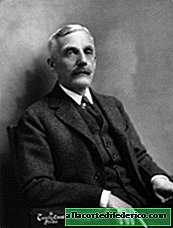 Andrew Mellon
Andrew MellonHowever, he was circumvented by Andrew Mellon, US Treasury Secretary. He was publicly against trade with the USSR, but privately bought 25 masterpieces from the Hermitage. They learned about this only when they began to deal with his case for tax evasion. Most of the paintings from his collection were requisitioned into the Washington National Gallery of Art.
Another seller of the treasures of the Russian Empire was the millionaire Armand Hammer, a personal acquaintance of V.I. Lenin. He was one of the few almost official intermediaries for the sale of Russian antiques in the United States. He was loved in the USSR. In the 1970s, the Government presented him with a painting of Malevich for special services. A year later, he sold it for a million.
Empress Wedding Crown
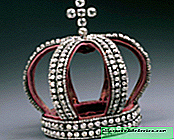
Empress Alexandra Fedorovna put on the wedding crown at her wedding in 1894. Today it belongs to the Hillwood Museum in the United States.
Easter Egg of Emperor Nicholas II
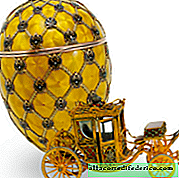
He gave it to his wife after the coronation. A masterpiece made using platinum and diamonds. It was stored in the Armory of the Moscow Kremlin. Today belongs to Victor Vekselberg.
Portrait of Elena Furman (Peter Paul Rubens)
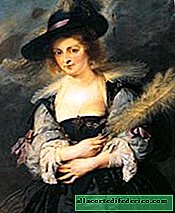
Located in Lisbon. This painting was bought by Catherine the Second.
Madonna Alba (Raphael)
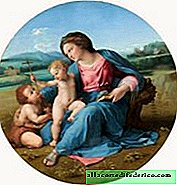
This work was one of the main ones in the Hermitage collection. In 1931, it was sold in the United States. Now it is in the Washington National Gallery.
"Venus in front of the mirror" (Titian)
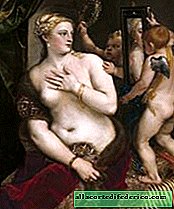
The painting was purchased by the Russian emperor Nicholas I in 1850. Today it is part of the collection of the National Gallery of Art.
Two panels of the diptych "Crucifixion and the Last Judgment" (Jan van Eyck)

A masterpiece dating back to the Northern Renaissance. It was acquired by the diplomat-gatherer, Russian Ambassador to Spain Dmitry Pavlovich Tatishchev (1767-1845). Many works of art were acquired by our diplomats: Ambassador in France N.F. Khitrovo, Ambassador in Rome A.I. Italinsky, Ambassador in Vienna I.I. Lobanov-Rostovsky. Today, the work is in the Metropolitan Museum of Art in New York.
The Renunciation of Peter (Rembrandt)
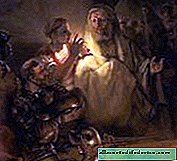
Another painting acquired by Catherine II. In 1933, it was sold to the Amsterdam Museum. For the guardians of the Hermitage, this was a real tragedy. It was unique in that Rembrandt used the effect of artificial internal light in it.
"Night Cafe" (Vincent Van Gogh)
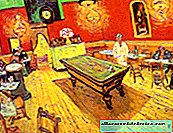
In 1908, this painting was acquired by Ivan Morozov, having paid 3000 rubles for it. Soviet power broke up with her in 1928-1933. Today it is kept at Yale.


